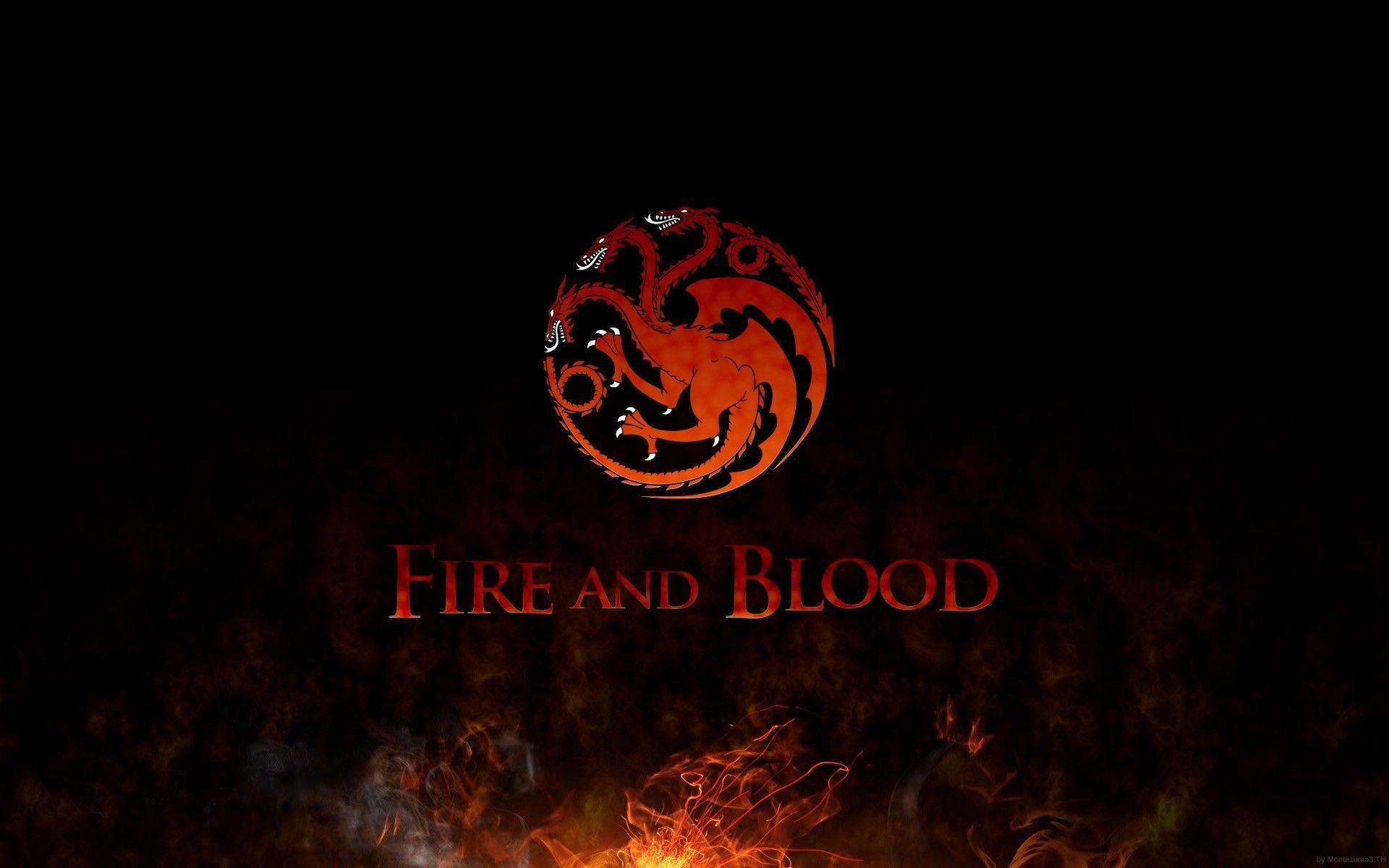
Had he bothered to familiarize himself even with the basic works of Ross, Cumberland, Bernstein, Quirk, Wilkie, and Womack, the Revolution that emerged would more nearly have approximated historical reality. With this record, the reader will not be surprised that Cosío Villegas’s new conception of the formation of modern Mexico is not acknowledged as the narrative ventures into the second half of the nineteenth century.įailure to consult two decades of monographic scholarship is nowhere more readily apparent than in Fehrenbach’s chronicle of the twentieth century. The treatment of the first half of the nineteenth century reads as if Hale, Costeloe, Hamill, Flores Caballero, Bazant, Harris, and Potash had never written a word. The record in the post-independence period does not improve. While it is perhaps unbecoming to point out minor mistakes in a book which runs the gamut from the Pleistocene forests to the Matanza de Tlaltelolco, it is not improper to indicate that an entire series of sterile generalizations result from the author’s failure to consult Paddock and Spores on ancient Oaxaca, Riley and Barret on the Cortés estates, Chipman on Nuño de Guzmán, Greenleaf and Farris on the colonial church, Warren on Vasco de Quiroga, Bakewell, Hamnett, Brading, and Florescano on colonial economic life, Gibson and Padden on Spanish-Indian relations, and Chevalier on the development of the great estates. The approach is even less analytical than Henry Bamford Parkes’s A History of Mexico and, although written almost thirty-five years later, is scarcely more up to date. Fire and Blood is not suitable as a college text. The scholarly community will find Fehrenbach’s entrée insufficiently tantalizing to invite another course. While the tourist in the Valley of Anáhuac, suddenly seized with pains of ignorance, could do worse than perusing the 650 pages of well-written narrative text, the patronizing tone of the study makes a highly qualified recommendation necessary even for the general reader.Īs one ascends the scale of needed sophistication, the recommendation must become still more guarded. The study is destined for display in the book shops of the Hotel Geneve, the María Isabel, and the Del Prado. It is difficult to determine the readership to which the work is directed.


After publishing books on Franklin Roosevelt, Swiss banks, the Korean War, and the United Nations, Fehrenbach, a Texan by birth and education, bursts into the crowded arena of Mexican history with Fire and Blood.

Fehrenbach is not a household word to readers of the HAHR.


 0 kommentar(er)
0 kommentar(er)
